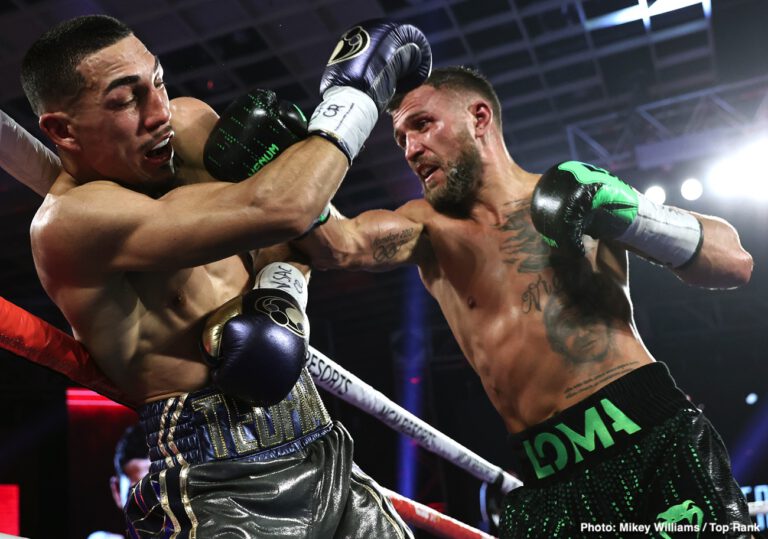By Joseph Hirsch: Going into their fight last month, most people predicted Vasyl “High Tech” Lomachenko would comprehensively outbox Teofimo “The Takeover” Lopez, with his experience and ringcraft, eventually wearing down the young upstart. A smaller contingent of fans and experts picked Lopez to pull off the upset with one of his trademark concussive Kos delivered in a leaping hook.
Boxing being the theater of the unexpected, the sport naturally found a way to confound expectations, and Teofimo won the way that no one (or at least very few) predicted. He fought a measured, mature twelve round fight, never got careless or greedy, and as a result, he handily outwitted a grandmaster.
After the first few rounds, when the “Matrix” had finished downloading info, he began making the small adjustments that usually start to confound his opponent. You know the look they get on their faces, brow furrowed, mouth open (even if not breathing heavily), and wide-eyed as a deer mesmerized by a pair of high beams while trying to cross a road. It’s a look that former Loma victims like Nicholas Walters and Rocky Martinez wore before retiring between rounds in the former case and ending up KO’d in the latter.
And while Lopez did look confused a few times as he got peppered with combos, he never panicked, floundered, or got frustrated. When he took too many shots, he simply moved free of the kill zone, reset, and gave Loma another look, mixing feints and adding power punches to keep the pound-for-pound king trapped in second gear.
Equally important, Lopez used well-timed hooks to let Loma feel the power and to discourage him from making a frontal assault. And, relying on the oldest of bedrock boxing principles, when in doubt, he jab-jab-jabbed.
Final scorecards were as follows: Referee Tim Cheatham had it 116-112 for Lopez, a legitimate final tally with which I can find no fault. He usually does good work, despite the fact that the guy’s name sounds like “Tim Cheat ‘Em.” Julie Lederman, daughter of boxing royalty Harold “Okay Jim” Lederman, turned in a wide and slightly more egregious total of 119-109 for Lopez. Steve Weisfeld gave a score of 116-112 to Lopez. Former World Champion and sublime boxer Andre “S.O.G.” Ward turned in an unofficial card that was draw of 114-114. That means that even if he had been an official judge, the nod would have gone to Teofimo. Sure, the win would have been by majority decision rather than unanimous, but a win is a win is a win, and that pile of belts cinched around Teo’s waist would have tallied up to make him unified champ either way.
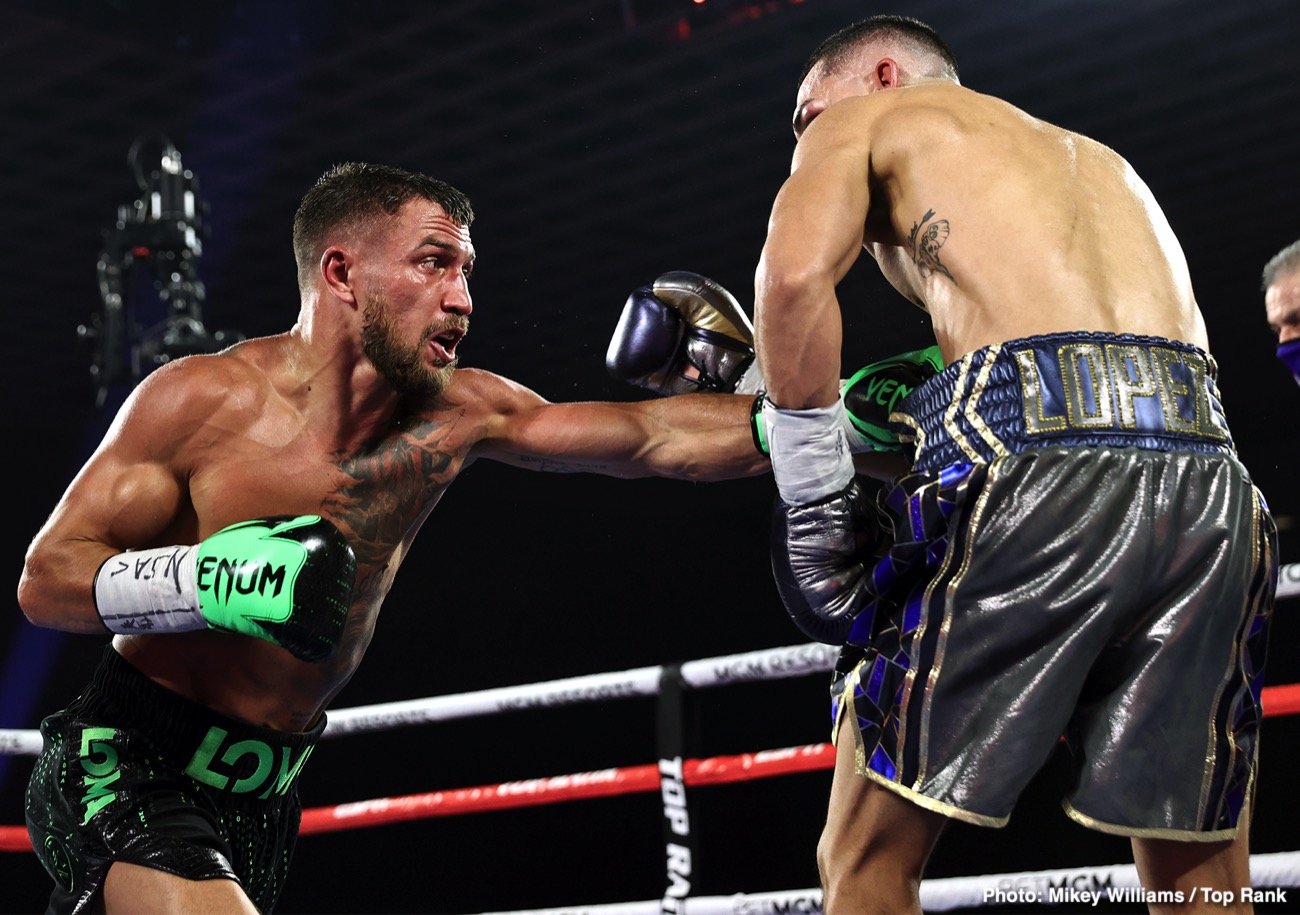
Teofimo is a very young world champion, unified and undisputed. He’s probably just easing into his prime and could easily fill out his frame to step up to junior-welterweight and perhaps even go on to unify or at least snag a belt in one more division. It’s safe to say that the world is his oyster and that he may soon need to buy a bigger trophy case.
Getting back to the official totals, what explains the wide points spread between Madame Lederman and Monsieur Ward? If we’re to judge a fight on all four dimensions, as we should, how does one judge score a fight as a blowout and another (albeit unofficial) see it as a drawn match? The answer is that even with an official set of guidelines in place and even with official punch stats, no two people see exactly the same fight. And bias is impossible to totally eliminate.
It’s not my place or desire to speak ill of the Lederman Family, and Harold was a gentleman and a great boon to boxing, but he and his daughter (perhaps due to some inherited trait) give greater weight to effective punching and aggression than to the other dimensions of a fight. If one weighs defense and generalship just as highly, one is not only more likely to score the fight closer but to have it a draw. Let’s do the math: because the two dimensions that the Lederman’s tend to overweigh are related (effective aggression and clean, effective punching), the four dimensions tend to get condensed into three. Someone like Andre Ward, with his high boxing IQ and a more nuanced view, is looking more accurately at all four dimensions of the Sweet Science, and because four is an even number, you’re more likely to get even rounds from an Andre Ward than from a Julie Lederman.
My final card was 116-113 in favor of Lopez, for the simple fact that his ability to deny Lomachenko the fight he wanted, to force the other man to fight his fight, gave him the generalship in addition to the clean and effective punching sometimes even in those rounds when Lomachenko demonstrated fluid defensive skills. But I had a couple drawn rounds, too.
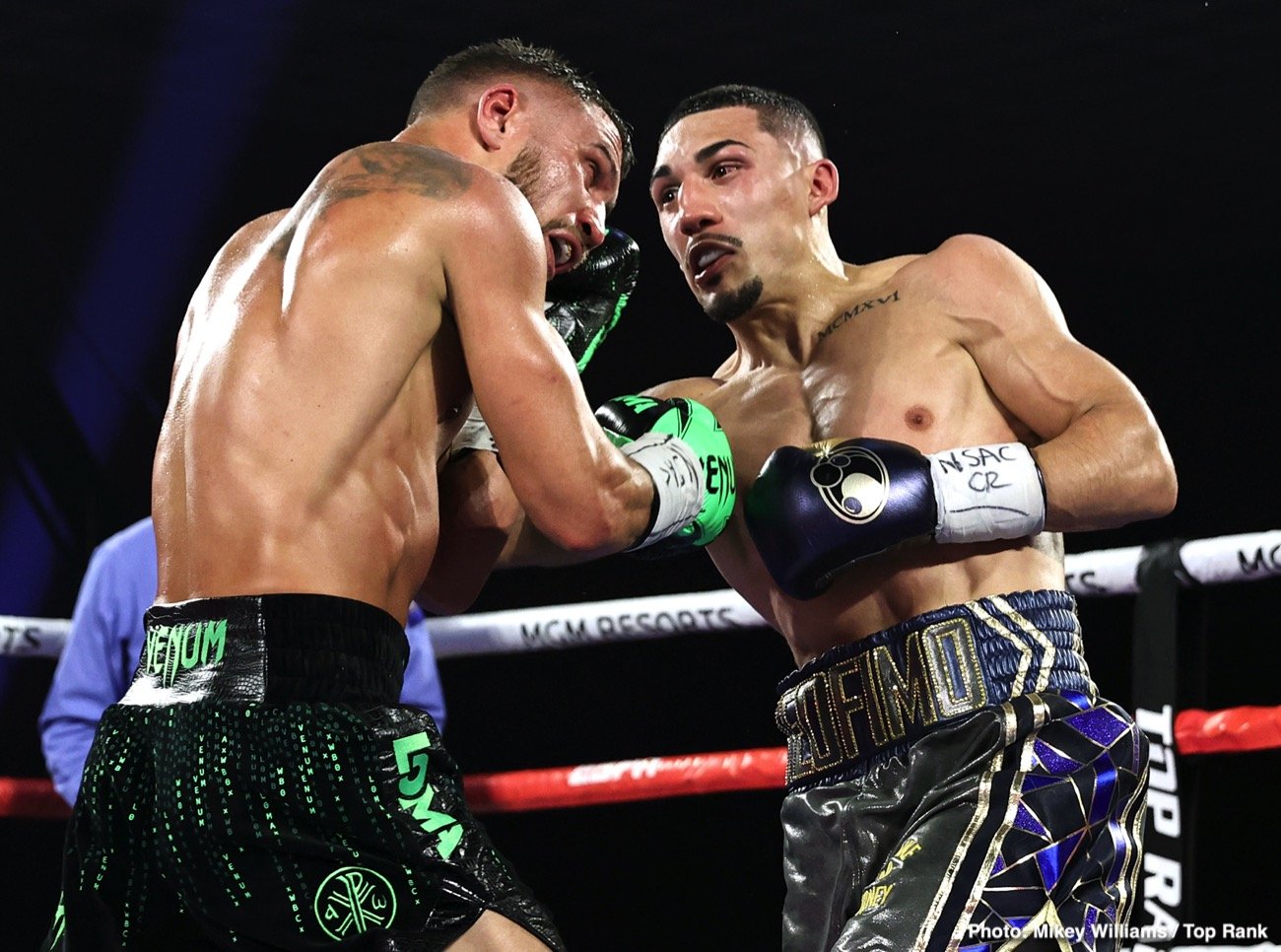
Loma has an uncanny ability to make his chest and stomach concave as he retreats on the back foot, which means he doesn’t absorb body shots often even when he’s seemingly in range to get tagged (which is a good thing since Teo’s hooks can be crippling). And while Loma is also usually expert at slipping out of clinches, he found himself getting manhandled on the inside by Teofimo, who refused to let him have his way when the fighting was close quarters even when Loma was a bit reckless with his head.
But even with a more balanced view of scoring, however, experts sometimes fall prey to reductionist judging systems that collapse the four required dimensions into one. Max Kellerman is a numbers wonk and a superfan, but despite that, he says his ultimate assessment of a fight is to ask himself at the end of the round, “Who would you rather be?”
Is this a good way to judge a fight? I say no, with all due respect to Max. Why not? Take Mike Tyson’s rematch with Evander “the Real Deal” Holyfield. “The Real Deal” won the match on paper, but he also had a portion of his ear bitten off by “Iron” Mike, who claimed thirty million dollars and a mouthful of cartilaginous tissue (at least until he spit it out) in the bargain. Would you liked to have been Evander Holyfield in the winning round? Sometimes the winner absorbs at least as much punishment as the loser. Sometimes they “leave it all in the ring” a little too literally, and are never the same again after a performance. Yes, even when that performance is a win.
If you ask the average fan how to judge a fight, they’re likely to give you the obvious answer: use your eyes. It’s true to an extent, but just as the roar of the crowd can deceive, so can the eyes. Judges tend to score blood. A fighter blessed with a good jab and cursed with easily cut skin might box wisely for twelve rounds, but if his face is bloody mask and he sports a swollen hematoma on his forehead, judges are going to be influenced by that.
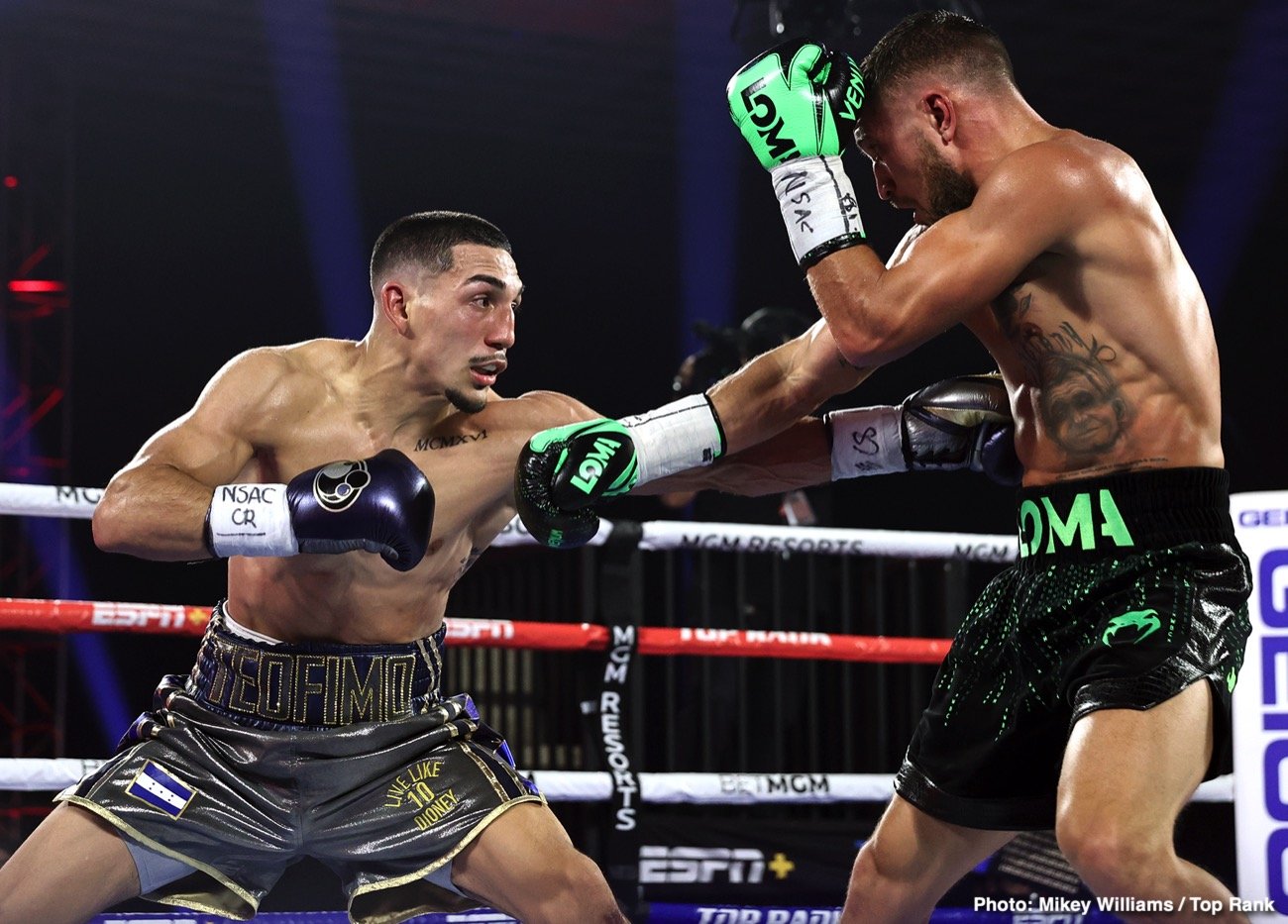
Remember the clash of titans that occurred between Lennox “the Conqueror” Lewis and Vitali “Dr. Iron Fist” Klitschko in 2003? Vitali came in as a four-to-one underdog and yet sledgehammered his way to an early lead on the cards. He looked like he was on track to pull off an upset when a grotesque cut that had opened over his eye in the third round finally halted the action via TKO in the 6th. After the stoppage, a somewhat testy post-fight exchange between Larry Merchant and Lewis occurred. “Was it competitive?” Larry asked. Lewis dismissed the question as rhetorical and beneath answering. “Yeah, of course. It was a competition. That’s why he was here.” When Larry played the role of messenger bearing bad news and told Lewis that he was behind on the cards, Lewis tried to commandeer the mic from Merchant (who, despite his small size, is an ornery old man not likely to cede such control). “Look at the state of his face,” Lewis said, pointing toward his badly bleeding foe across the ring.
A fighter with adrenaline coursing through his body can be forgiven for judging blood instead of all four dimensions. Judges have less excuse.
Then there’s the natural tendency to judge the last thirty seconds of a fight with greater weight than the preceding two and a half minutes, which is where what I call “Leonarding” tends to enter the picture. Recall that “Sugar” Ray Leonard was not only a masterful boxer with the heart of a champion but a savvy sort of ring politician who knew how to catch judges’ eyes with bolo ’ing shots and flashy footwork. He worked the judges, as well as any lawyer, massaged the minds of twelve jurors. This could explain some of the lingering bad blood between fans of Marvelous Marvin Hagler and Ray Leonard over their legendary and controversial encounter. Hagler was a two-fisted cyclone of a fighter who could change from southpaw to orthodox with a heretofore-unseen fluidity, but he was also more workmanlike in his approach to the sport, preferring to grind out his wins with volume and earnest slugging rather than playing to any crowd or ringside observers.
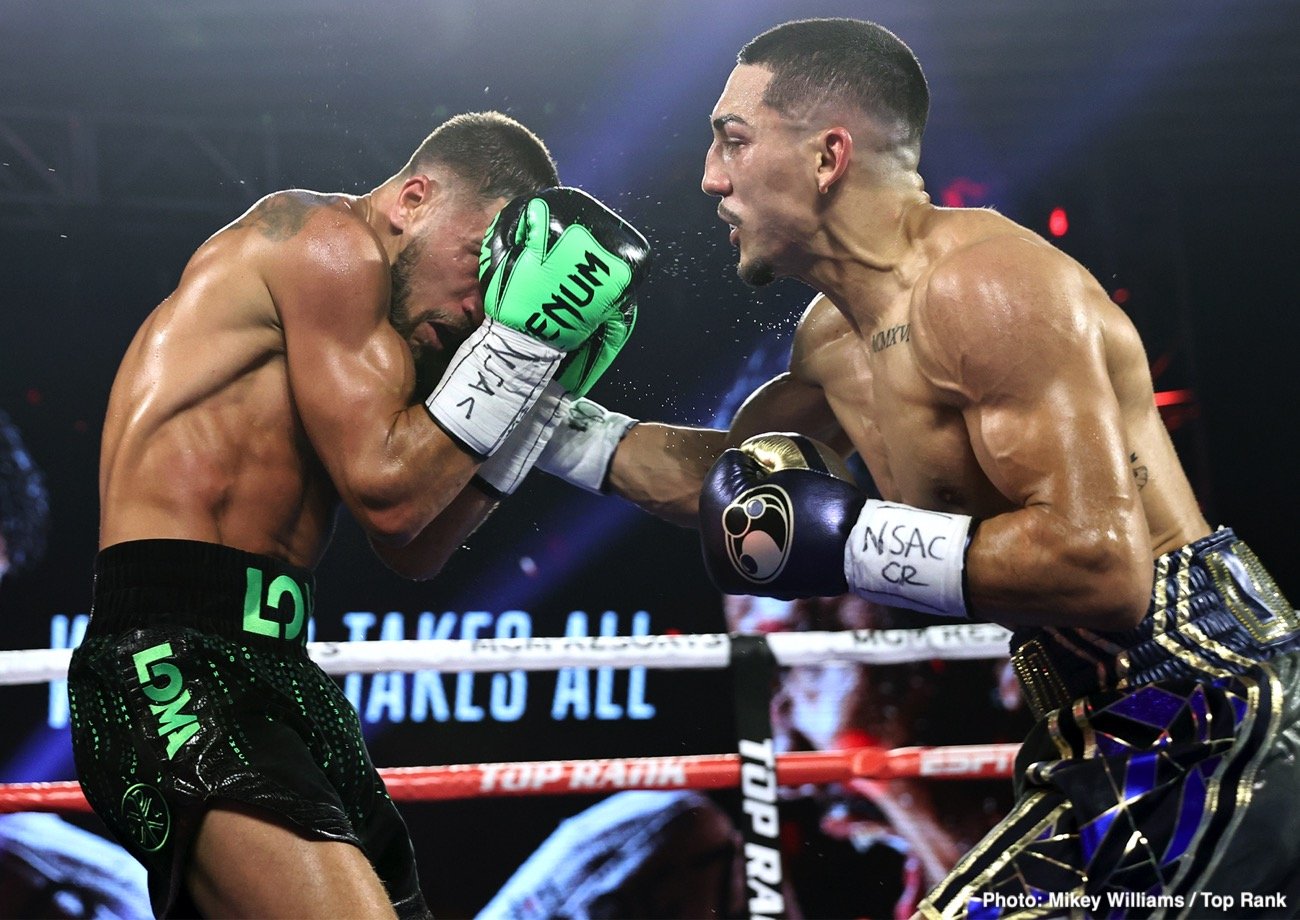
We’re all subject to these subtle forms of persuasion and biases, and probably a lot of other ones I’ve forgotten. And that’s before you even factor in things that can only be explained away as the result of gross incompetence or outright corruption. For an example of this, look no further than Adelaide Byrd’s inexplicable card, she turned in for the first mega-fight between Saul “Canelo” Alvarez and Gennady “GGG” Golovkin, an egregious mistake which might have cost Golovkin millions if not tens of millions of dollars.
Even harder to explain is why someone like Byrd keeps getting work. Anyone can have a bad night, but repeated mistakes should be punished with freezeouts, not more marquee assignments.
Nepotism is also a problem in boxing. Without naming names, suffice it to say that people who have friends and family members in key positions at athletic commissions or in governing bodies tend to have an easier time having their mistakes glossed over or ignored. This game is so dodgy that outright theft of boxer property locker rooms to be sold on secondary memorabilia markets has even been alleged, as described by legendary boxing scribe Thomas Hauser.
Maybe we need more ex-fighters with high boxing IQs sitting ringside as observers rather than as color commentators. Andre Ward is not likely to give up his current gig at ESPN, but Paulie Malignaggi, recently severed from Showtime, would make a hell of a judge. He certainly knows enough about the sport and about getting screwed on a bad decision.
